It is no secret that most fresh vegetables, which during the year enter the counters of our stores, contain a minimum amount of nutrients compared to vegetables grown in the season. A way out of this situation may be the use of frozen vegetables in which most vitamins are preserved for a long time. Having made such blanks for the future, later it will be possible to quickly prepare a variety of tasty and healthy dishes from them.
Content
How to freeze vegetables: advantages of drinking frozen vegetables
In the summer, with the beginning of the crop season, a hot time begins in the kitchen. Having preserved part of the crop, you can replenish your supplies for the future. However, you can make seasonal blanks in another way - freeze vegetables. In the productive season, it is easy to fill the freezer with vitamin blanks to capacity. In late autumn, it will only be necessary to periodically open it and slowly use the results of your summer or autumn works.
Many housewives preferfreeze vegetables for the winter , then to regularly prepare various tasty and fairly healthy dishes from them. To learn how to freeze vegetables, it is easy - having performed a small preliminary processing, they must be sent for storage in the freezer. On the Internet you can familiarize yourself with numerousrecipes disheswith frozen vegetables - With their help, it is easy to significantly diversify your diet in any season. Opponents of the use of frozen vegetables claim that after defrosting they become tasteless, and there are no useful and nutrients in them. Nevertheless, nutritionists argue that this information is fundamentally incorrect - frozen vegetables are a real find for housewives. In the case of competent frost, vegetables retain their natural color, natural juiciness, as well as most beneficial nutrients - up to 100% microelements and about 90% of vitamins.
The advantages of using frozen vegetables include:
- the completely natural composition with the preservation of beneficial substances-for effective freezing, there is no need to use prolonged heat treatment, any chemical additives, flavor amplifiers, preservatives and dyes;
- subsequent speed and convenience of preparing various dishes with them - thanks to simple pre -processing, frozen vegetables are thoroughly washed in advance, cut, if necessary, mixed in the right proportion;
- the ability to easily and with low costs all year round to greatly diversify your menu with vegetables and fruits that are not always available fresh. It is convenient to prepare them as an independent dish, with their help you can significantly improve the taste of soup, as well as quickly make a variety of side dishes.
How to freeze vegetables: dietetologists' tips
Despite the undoubted advantages of using frozen vegetables, nutritionists warn them against active use in the summer and autumn season. As a rule, the time from collecting vegetables and fruits to freezing is minimal, and during the long -term storage, maximum beneficial substances are preserved in them. Nevertheless, at the same time, vitamin C losses can be up to 25%, about a tenth of other vitamins are lost. Thus, frozen vegetables in the summer, it is very useful to regularly use them when fresh ones from the beds are already not available - in winter and before the appearance of a new crop (approximately late spring). In this case, your body will receive the necessary vitamin top dressing. In most countries of the world, nutritionists recommend the use of frozen mixtures of vegetables as often as possible in the winter and spring period.
How to freeze vegetables for the winter
You can freeze in the freezer various vegetables and fruits at your request. To get useful workpieces of high quality, it is necessary to carry out strict selection of seasonal products before heat treatment. To decide which vegetables are frozen is easy. It will be necessary to use fresh and intact specimens of a certain degree of maturity and concentration of taste, with the minimum content of nitrates. Having froze vegetables yourself, you will be sure of the quality of the product. Moreover, the prepared vegetable mixture will cost two to three times cheaper than a store.
There are certain rules for the preparation of frozen vegetables. In order to maintain the taste, color, smell, as well as beneficial substances contained in fresh vegetables, berries and fruits, it is necessary to take into account the features of their processing. They will need to be pre -washed and dried with naturally or get a towel.
How to freeze vegetables: useful tips
At home, you can use the following convenient freezing methods:
- It is recommended to first clean them from the skin, placing them in boiling water so that it bursts. After that, it is necessary to place them in cold water and remove the skin. Prepared whole or chopped tomatoes are laid in a plastic container, covered with a lid and placed in the freezer. In addition, you can freeze the tomatoes entirely and with the skin, and before use, place for a short time in hot water and then remove it. Tomato rings for pizza can be prepared as follows - put them on a dish covered with a bag, and place in the freezer, and after freezing, assemble in a plastic container with a lid or a bag and leave for long -term storage in the freezer.
- It is convenient to freeze cucumbers at the end of the season at the end of the season - for this it is necessary to clean the cucumbers from the skin, cut into thick circles, pack it in a plastic bag and send it to the freezer.
- Pepper can be cut into slices or freezed entirely, after removing seeds from it. If you plan to subsequently cook stuffed pepper, you will need to freeze entire vegetables without seeds - they must be packaged in such a way that they lie freely and do not grind. Separate peppercations can be invested in each other. Since pepper has a stable strong smell, it is recommended to pack it in a few hermetically sealed packages.
- Exercise beans will need to be pre-processed (shut up)-for this it is necessary to blame it in boiling water and boil in it for two to three minutes, and then put it in cold water for a short time. After the beans cool down, it should be dried, packaged in bags and placed in the freezer.
- Color cabbage and broccoli should be divided into separate small inflorescences, boil for one minute, packaged in plastic bags and sent to the freezer.
- It is convenient to freeze eggplant and zucchini with cubes and circles. In the first case, you need to cut the vegetables with cubes of a suitable size, put in small portioned bags and place in the freezer. You can freeze vegetables as follows - cut them and put them on a dish covered with a bag. It is needed so that the chopped circles do not stick and easily separated from the dish (the circles in layers must also be shifted with polyethylene). Next, send prepared vegetables on a dish in the freezer. When they completely freeze, it is necessary to pull them out and pour them into a bag or container and place in the freezer for long -term storage.
- To preserve the characteristic taste of green peas, it must be frozen immediately after collecting from the bed. First, it is blanched (young peas - for 1.5 minutes, more hard sugar - for 2.5). Next, you should push the peas on the colander and rinse in cold water, dry, put in bags and send it to the freezer.
- A variety of greens like parsley, dill, basil, feathers of green onions will need to be pre -chopped and mixed, and then wrapped in foil. In addition, such greens can be mixed with softened butter and formed from this mass a “sausage”, and then placed in the freezer. When the oil with greens freezes, slices are cut from it and poured into a bag. In winter, such blanks can be added to mashed potatoes and other dishes.
How to freeze vegetables: storage methods
Frozen vegetables by preserving the maximum amount of nutrients in them, you can save them in the freezer in bags or containers with a tightly closed lid. During the portioned selection of vegetables, it is necessary to ensure that the packaging (plastic bags) is not damaged, and that water does not get inside - otherwise the vegetables will stick together and pieces of ice will appear on them that damage their shell. It should also be borne in mind that with repeated defrosting, vegetables become soft and tasteless.
Cooking with frozen vegetables
You can diversify your diet with benefit in various ways, including using homework. It is not difficult to cook frozen vegetables yourself, even a novice cook can cope with this task. There are quite a lot of cooking options - they can be cooked, steamed, fry, stew or bake in the oven. For these purposes, you can apply various types of vegetables (separately either mixing them to your liking), or use a pre -composed mixture. In this case, long -term processing is not needed, since the vegetables are washed and cut even before freezing, you will only need to get them from the package.
It is not worth defrosting vegetables under a stream of water from a tap, since in this case, water can wash most of them from them, and they can become soft and tasteless. Having pulled out of the freezer, you can place vegetables on the lower shelf of the refrigerator so that they thawed there - thus you can maintain maximum taste and beneficial substances in them. If you plan to eat vegetables in raw form, it is recommended to defrost them in a non -metallic container, tightly covered with a lid at room temperature. In addition, it is convenient to use frozen workpieces immediately for cooking, without getting thawing - in this case they completely retain their shape, juiciness and taste in various dishes.
Recipes for dishes with frozen vegetables
It is always convenient to have a set of frozen vegetables and greens to your taste - sweet pepper, sorrel, spinach, green peas, stalls, colored cabbage, etc. Such vitamin blanks will give any dish a rich taste and delicate aroma. Using a similar set, you can prepare a variety of soups from frozen vegetables (purely vegetable or on meat broth, with or without frying), as well as casseroles and side dishes.
Try preparing the following dishes with frozen vegetables:
- To cook light vegetable soup, we will need:
- 400 g of frozen vegetables to your taste;
- 2-3 tubers of medium-sized potatoes;
- one small carrot, part of the root of the celery;
- salt, spices, diverse greens.
In a small pan, it is necessary to heat the water or meat broth to a boil, slightly salted and add potatoes chopped into it with cubes, as well as carrots and celery rubbed on the middle grater. After 10-15 minutes, add frozen vegetables to them (you can not defrost), spices (a mixture of dry herbs)-and cook on low heat until cooked. Next, pepper the soup and fill the bay leaf and finely chopped greens into it. If desired, you can add a small piece of butter or a tablespoon of sour cream to such a finished soup.
- You can cook delicious rice with frozen vegetables as follows. We need the following set of products:
- 1 cup of rice (long yellowish rice is optimal for a crumbly dish);
- frozen vegetables (colored cabbage or broccoli, green peas, corn, patch beans) - 400 g;
- one small onion and carrots;
- a piece of celery root;
- sunflower oil for frying - 1 tbsp. L.;
- salt and spices.
It is convenient to cook rice with frozen vegetables in a low cast -iron pot or deep thick -walled pan. Cut off the onion finely, grate celery and carrots on the middle grater. Fry slightly in a small amount of sunflower oil frozen and fresh vegetables. Wash the rice and pour it carefully on top, without mixing, pour two glasses of water or meat broth. Next, you need to add spices, salt the dish, cover the pan with a lid and simmer the rice over low heat until cooked - for about 20 minutes. If necessary, you can add a little butter to the finished dish.
- A beautiful side dish can be cooked by baking frozen vegetables in the oven. For this you will need:
- 800 g of frozen vegetables for your choice - patch beans, bell pepper, broccoli, corn, celery, cauliflower;
- 300 g of chicken fillet;
- sour cream - 3 tbsp. L.;
- soy sauce - 2 tbsp. L.;
- salt and spices;
- a little sesame seed;
- greens to taste.
It is necessary to prepare this dish in the oven heated to 200 ° C. Place frozen vegetables in a deep shape, pour a third of a glass of water there, salt. Put the chicken fillet chopped with small plates on top, add sour cream, soy sauce and spices, sprinkle with sesame seeds and send to the baking oven for about 20-25 minutes. After the specified time, turn off the fire and leave the vegetables with the chicken languish for 15 minutes. Sprinkle the finished dish with chopped herbs.



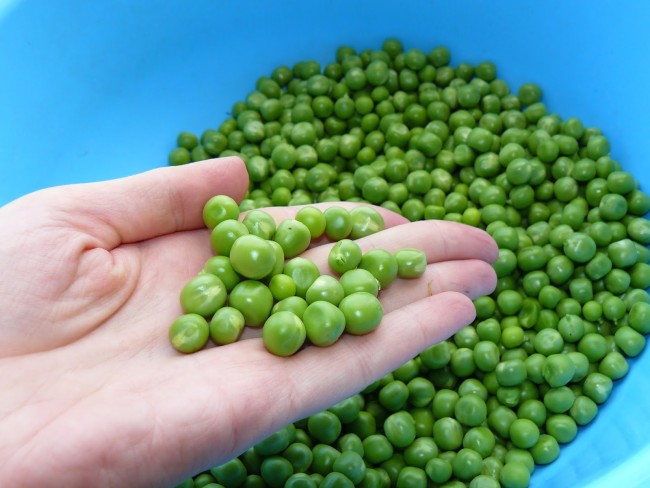

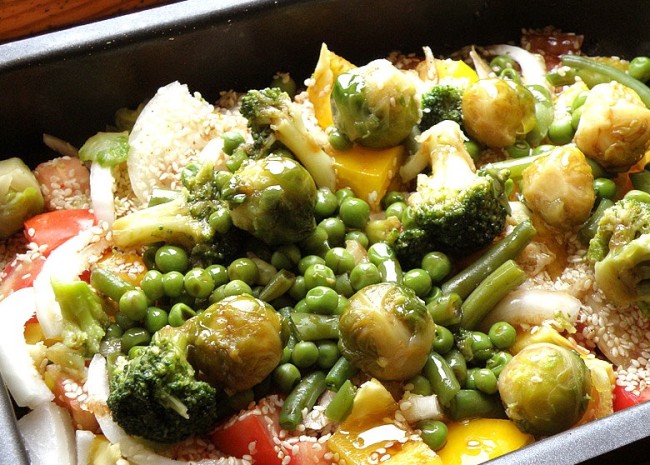

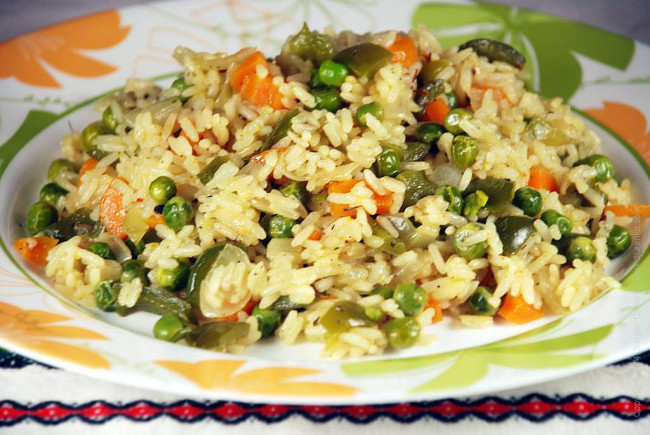

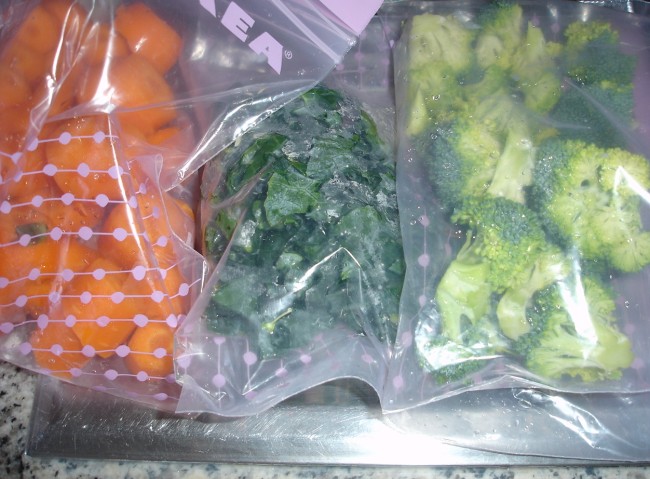
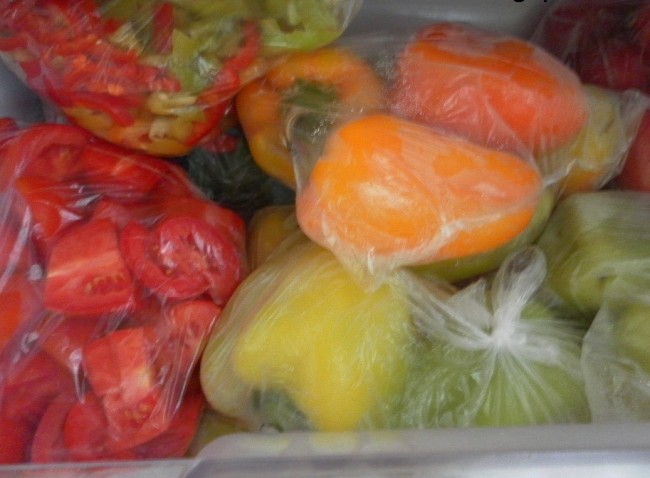
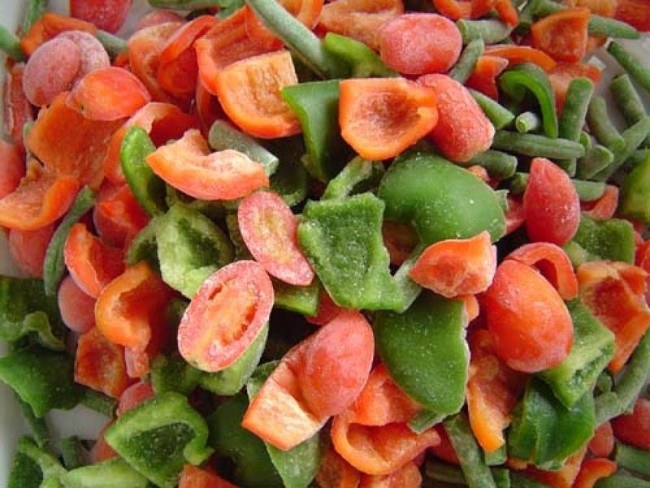







Comments
a couple of years ago, there was no side of metrogils from the same problem, there were no side effects ...
I’m not a fan of peeling at all, it saves from acne of metrogil, it also smoothes it ...
Great article! ...
I take the second course of the Capsules Climafite 911. The tides went very quickly. It became calmer, irritability went away and I sleep well ...
i also noticed - it is worth nervous, everything immediately affects the face. Therefore, I try to avoid conflicts and unpleasant people. Of the creams, I like Miaflow from wrinkles - smoothes not only small wrinkles ...